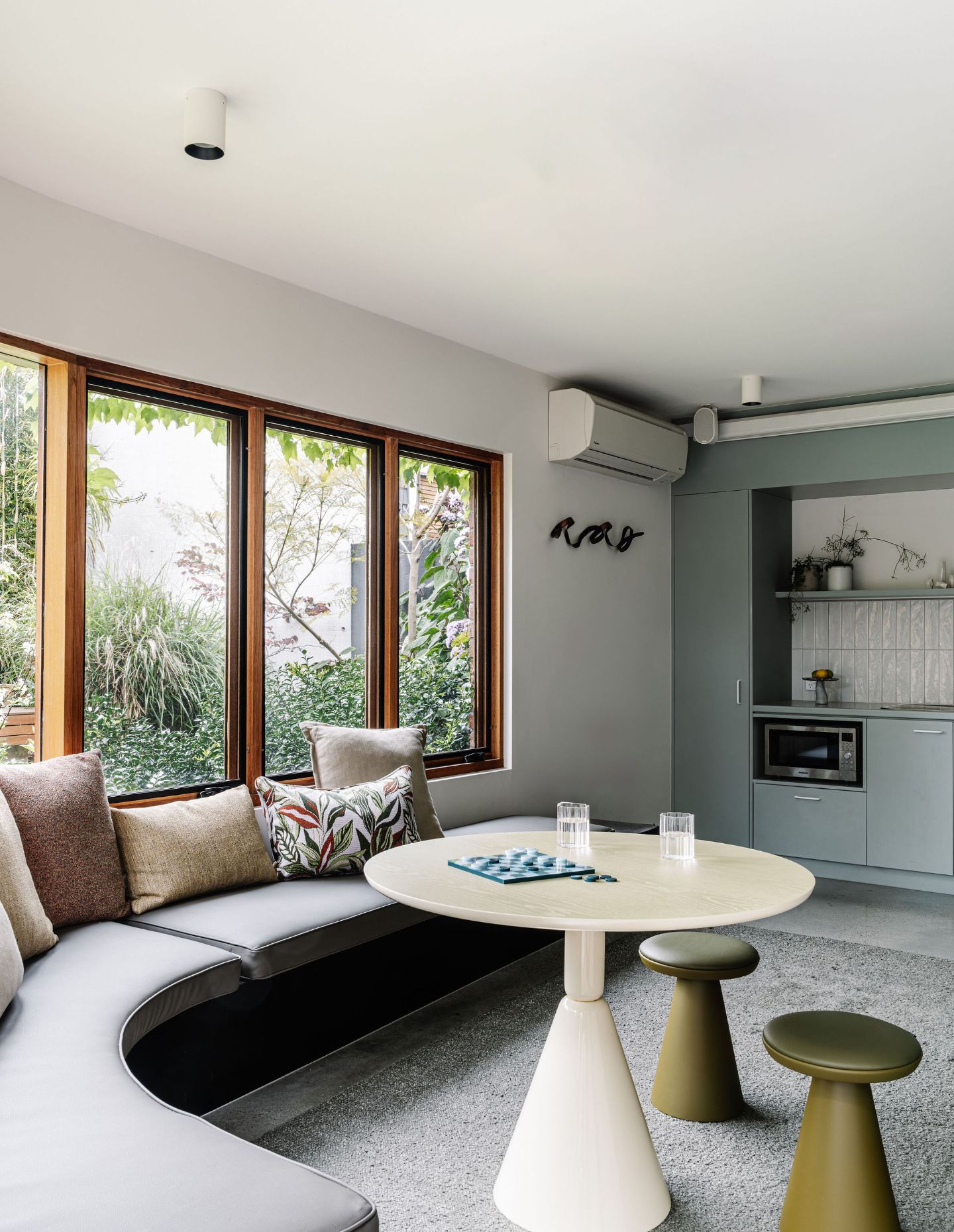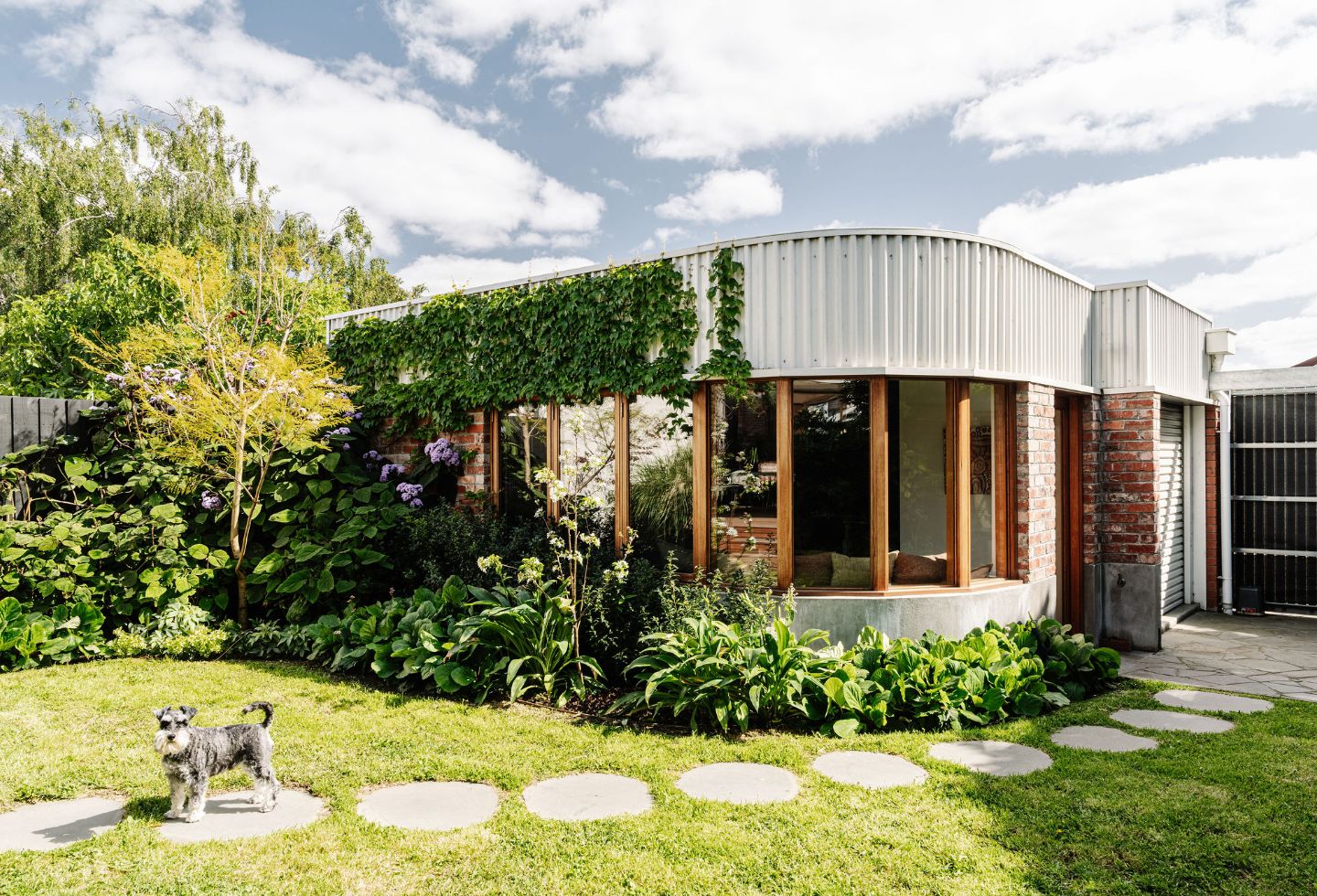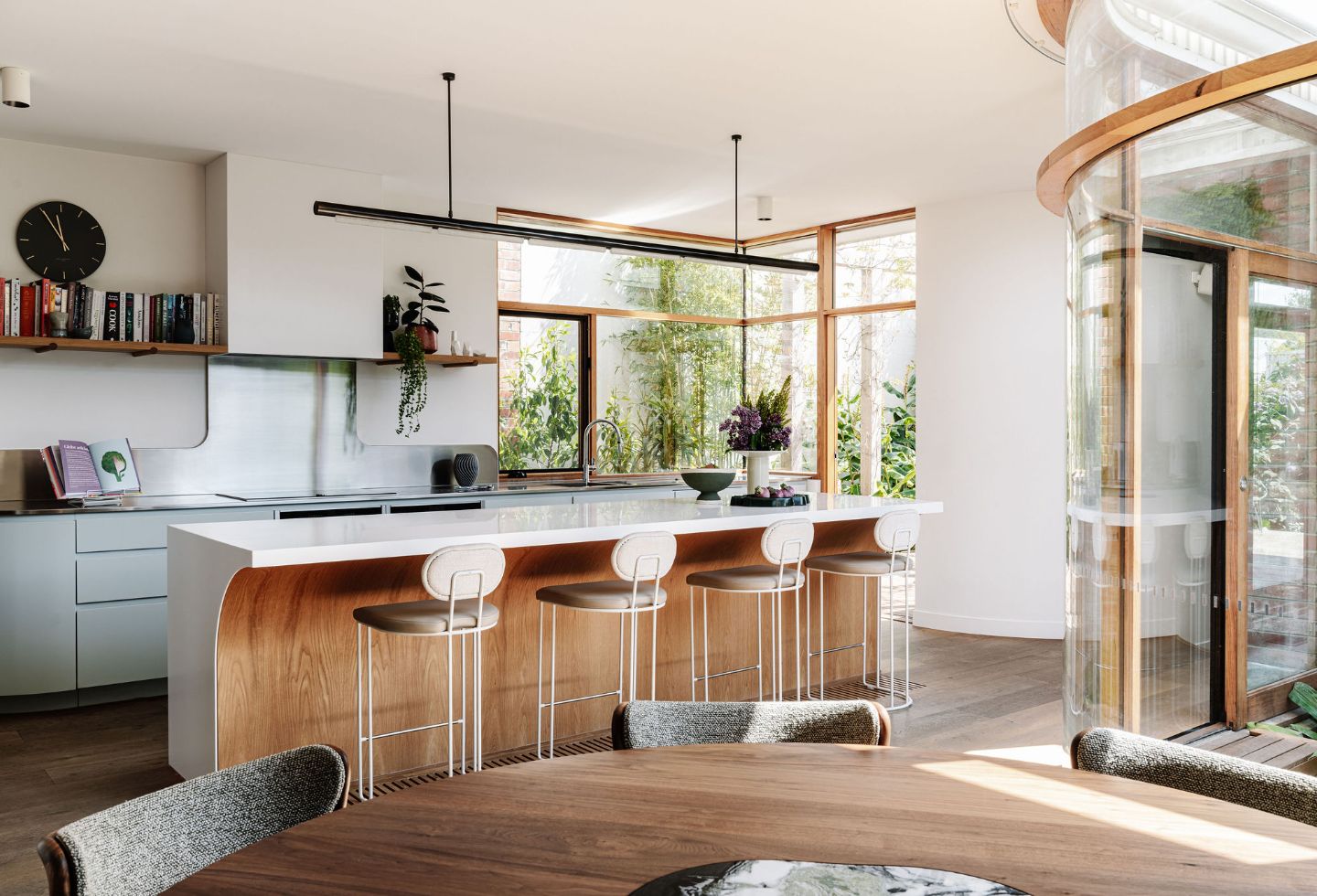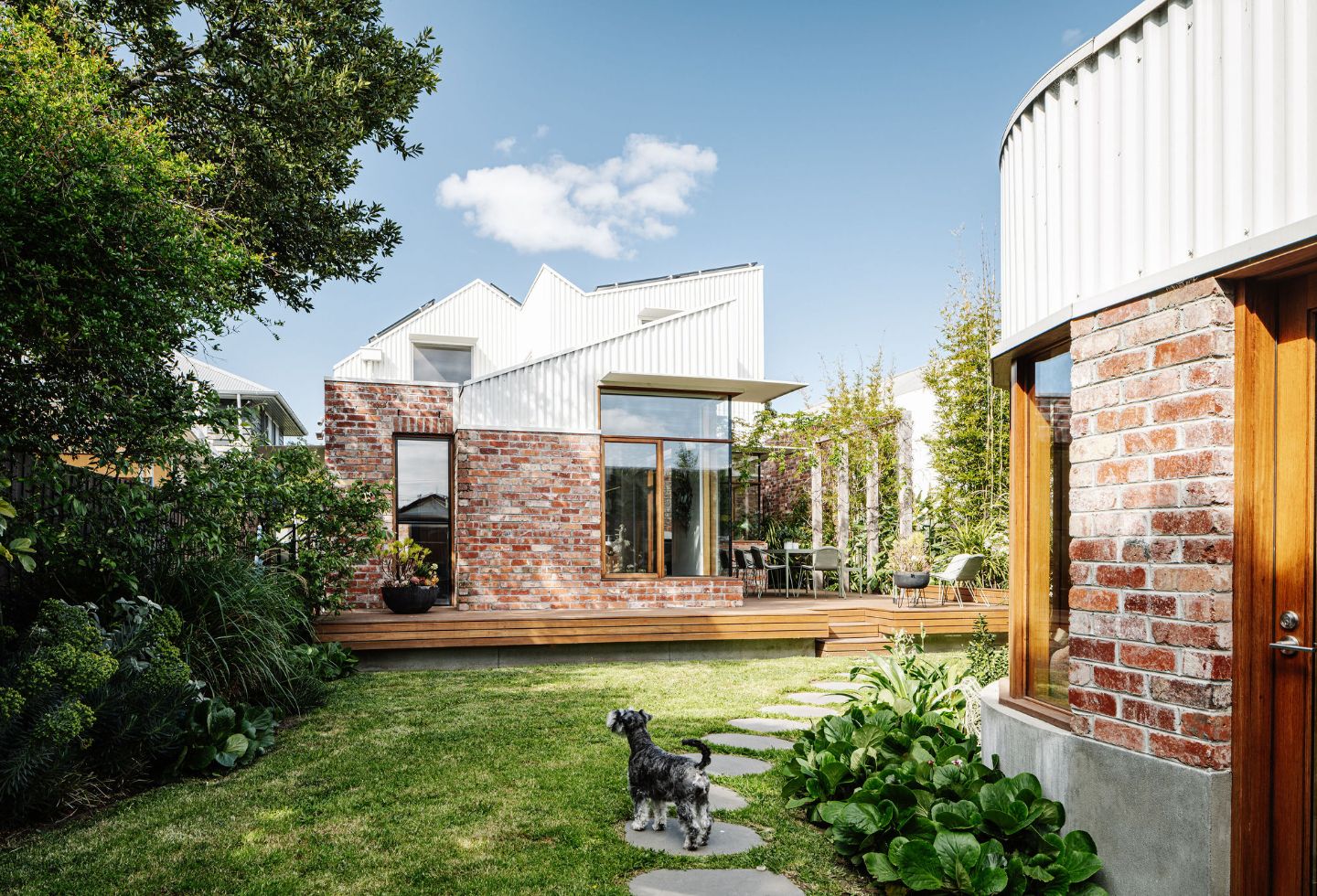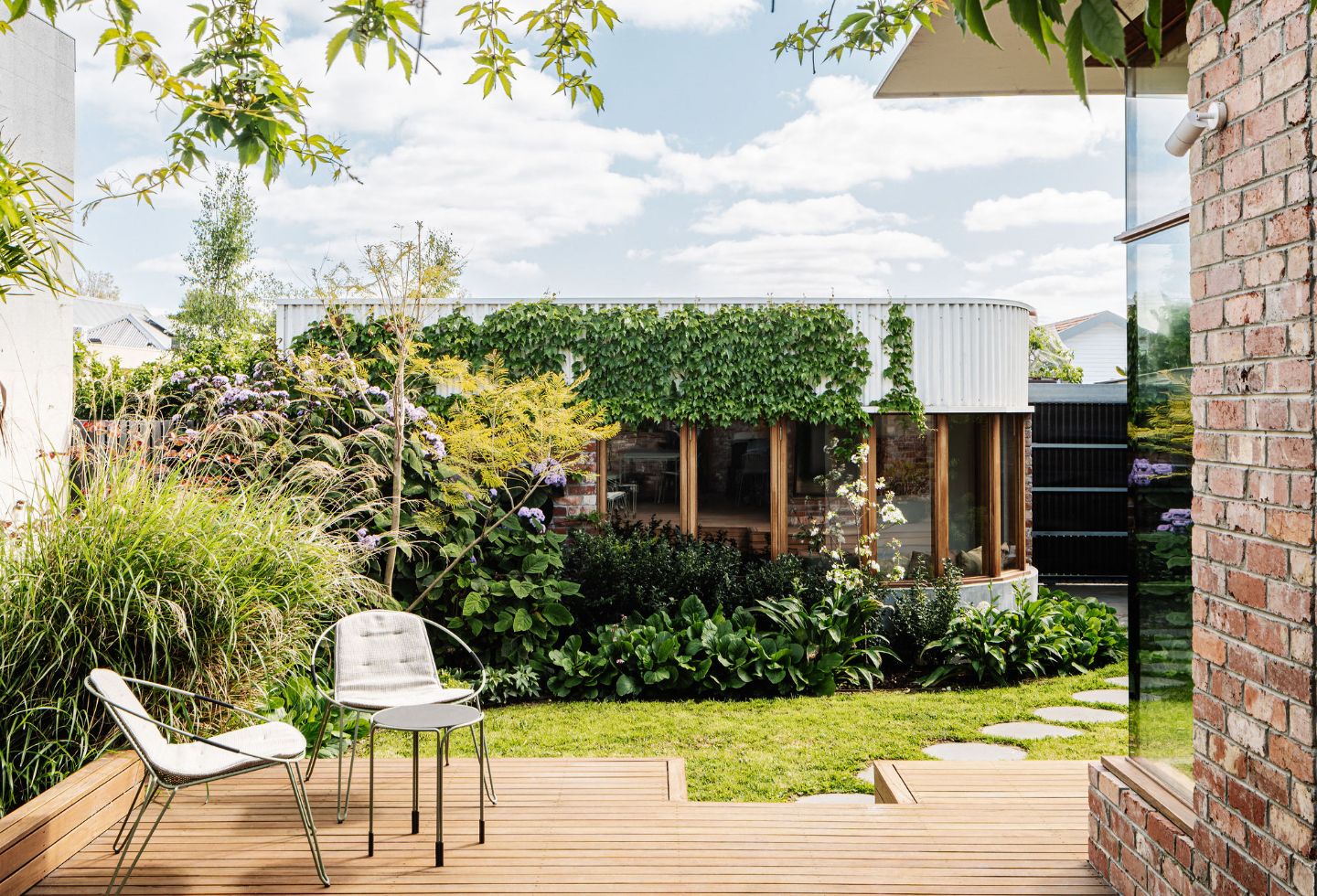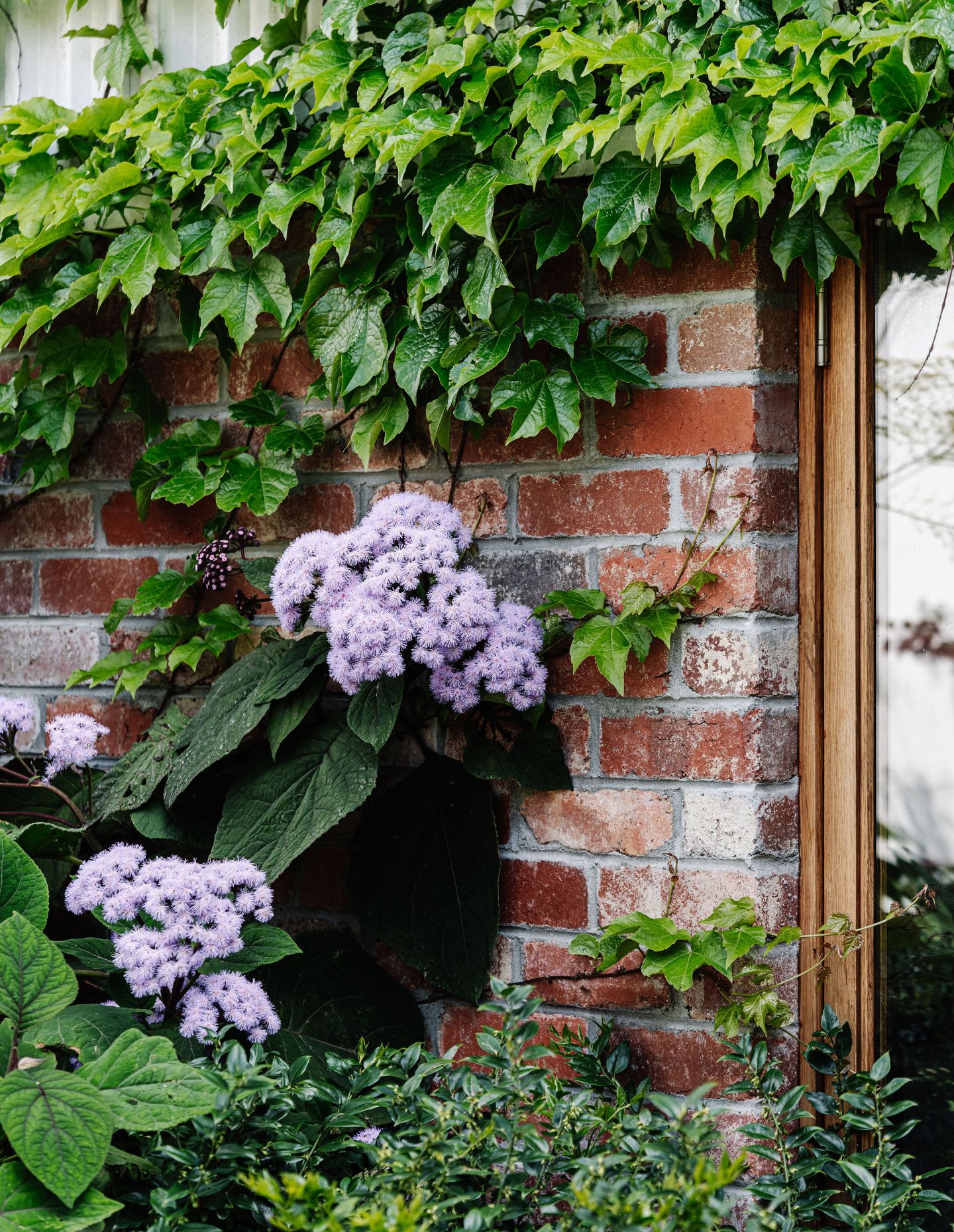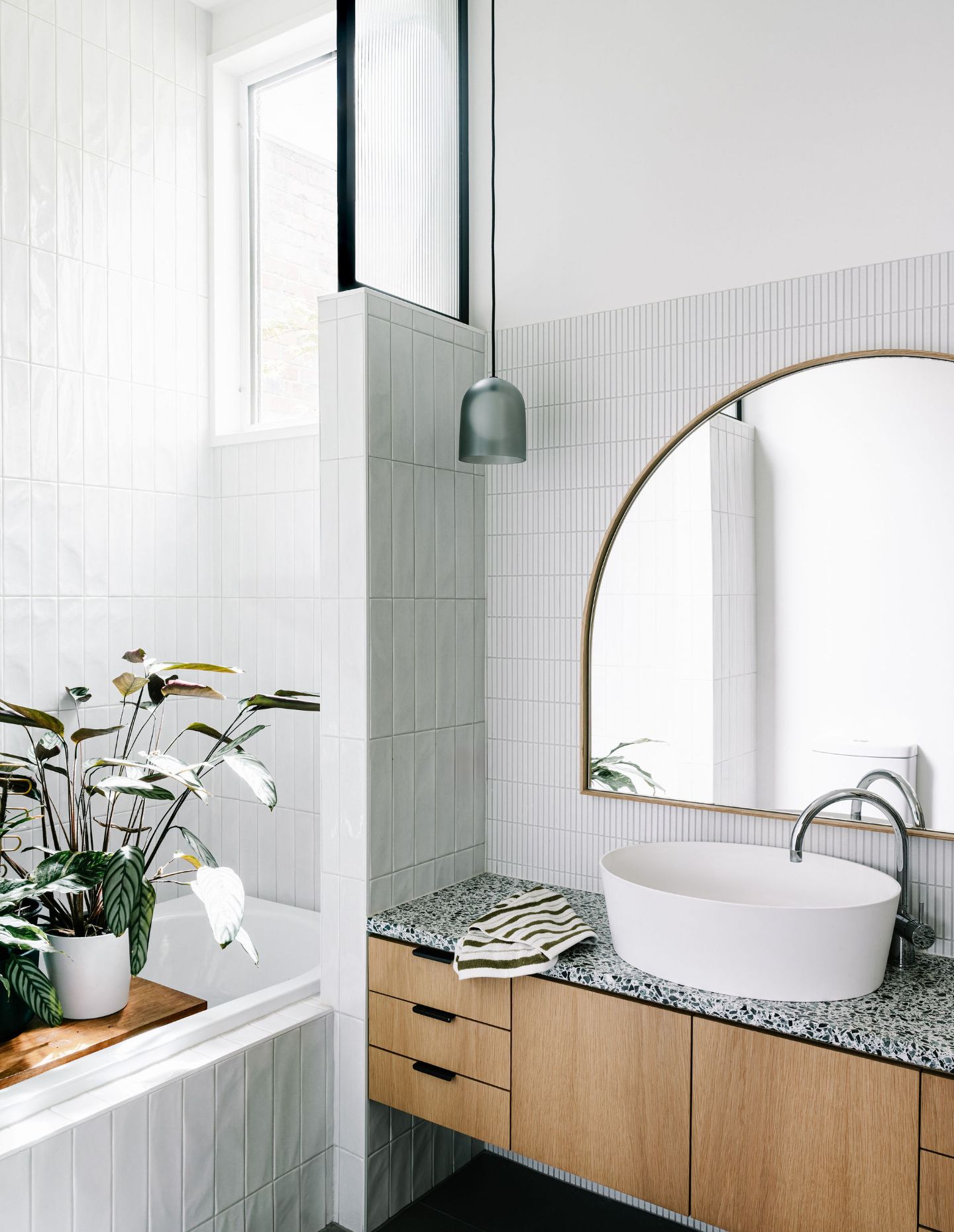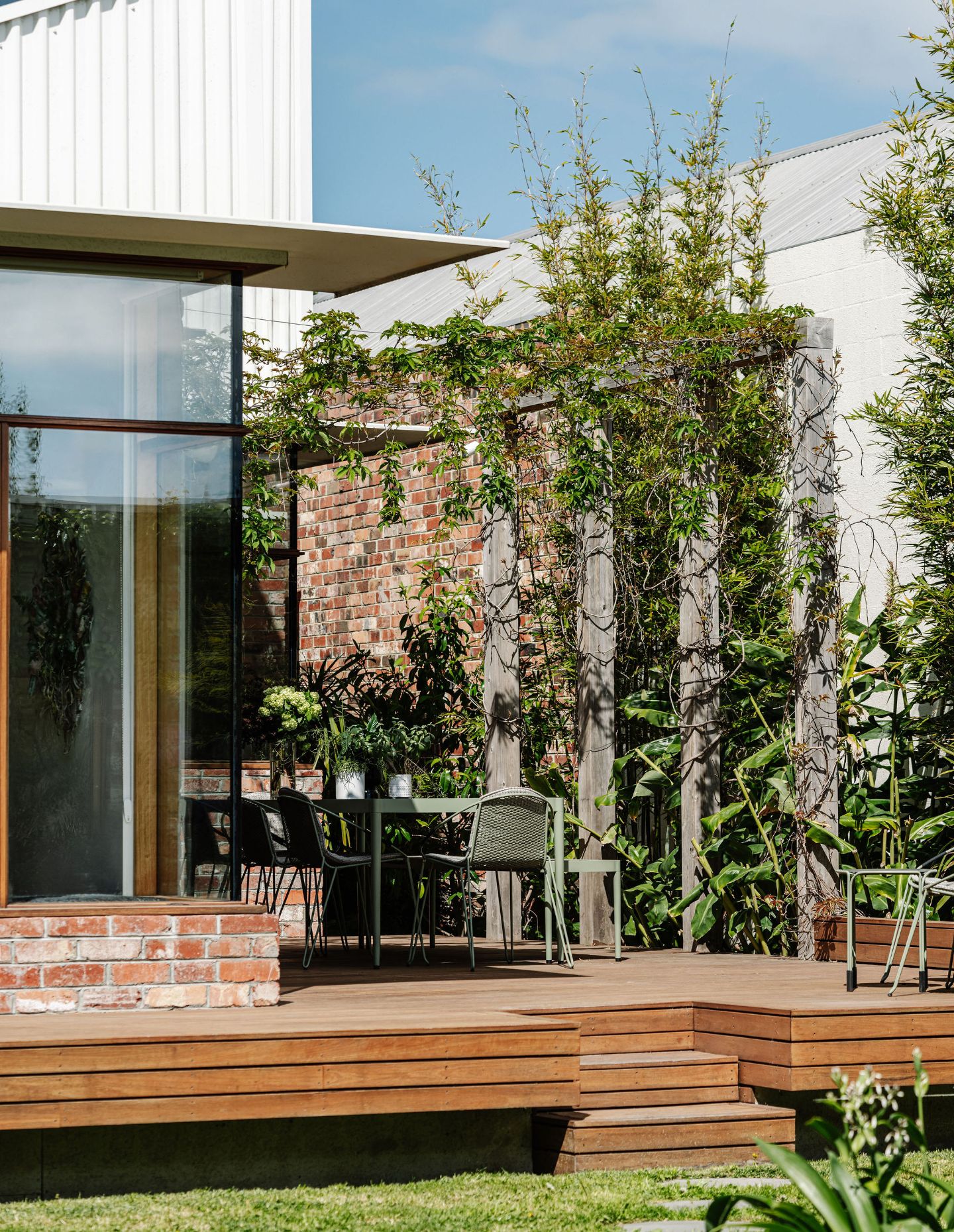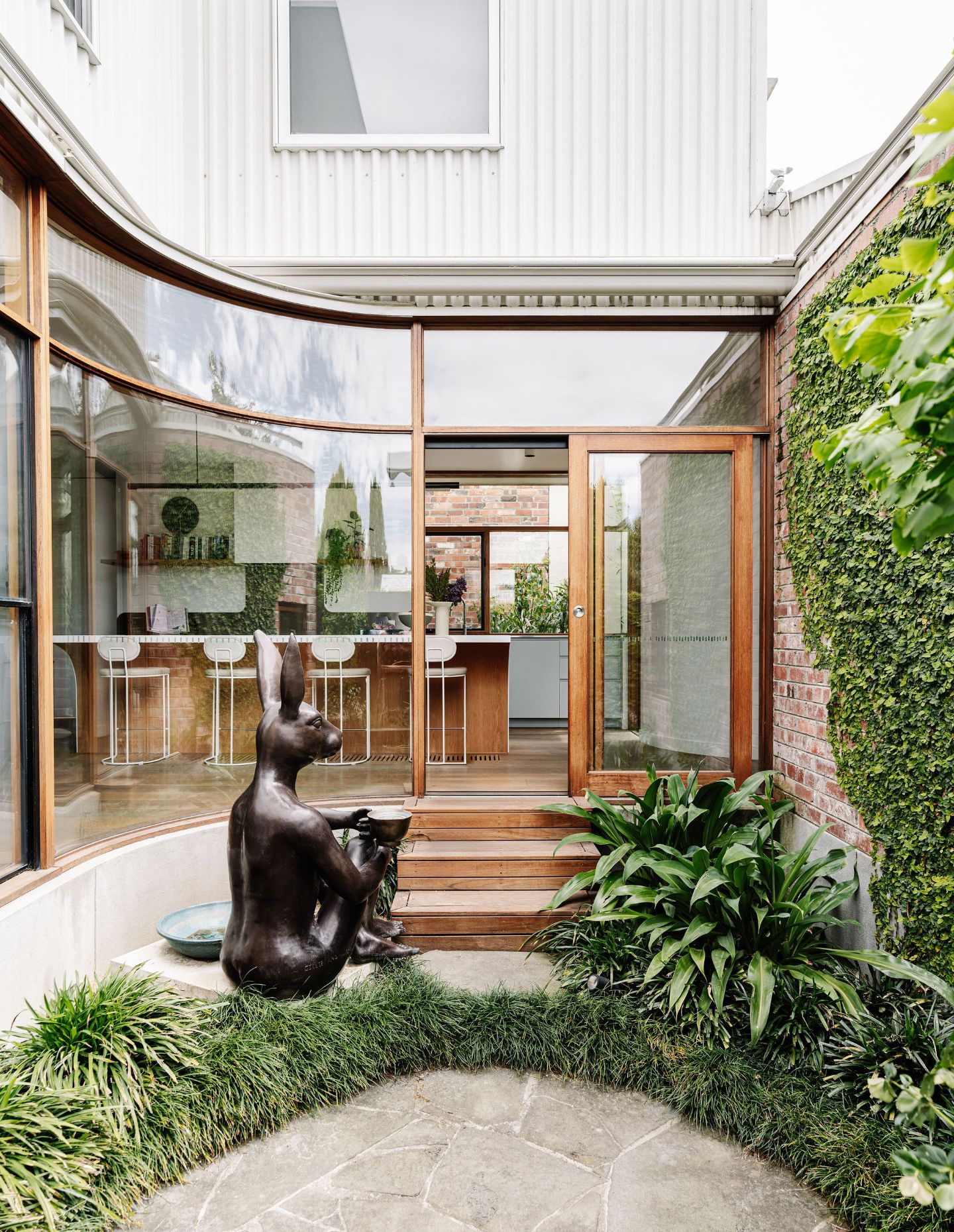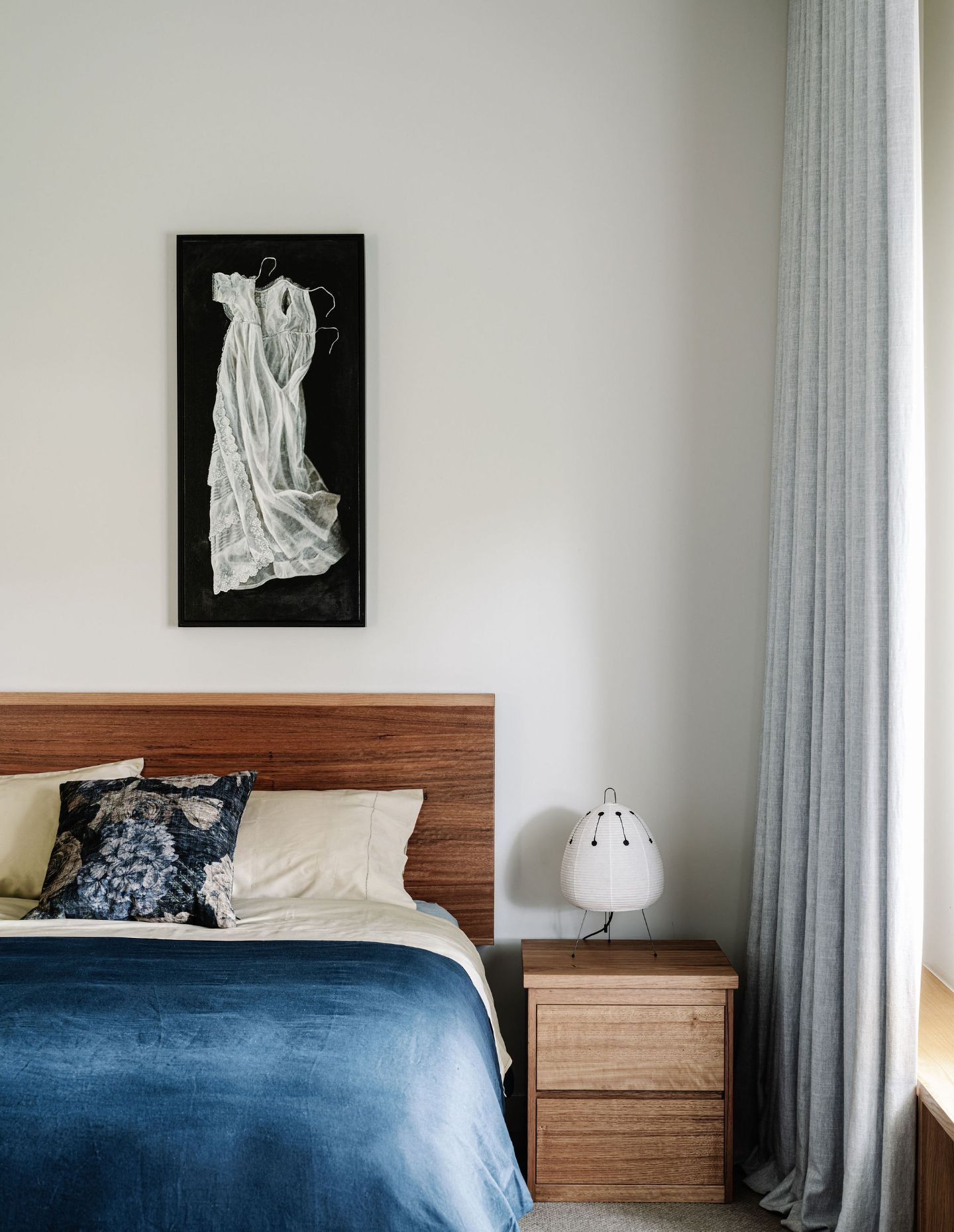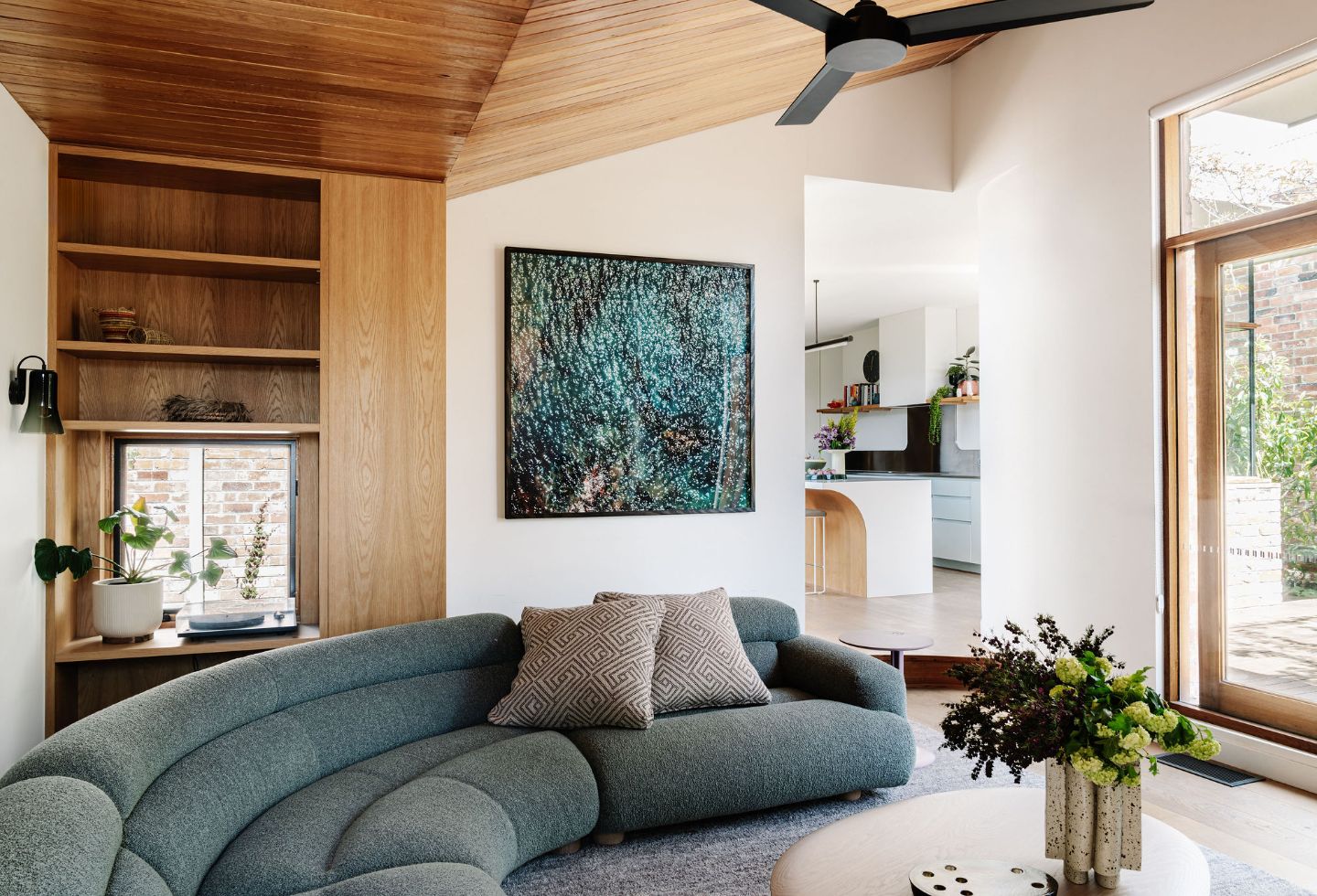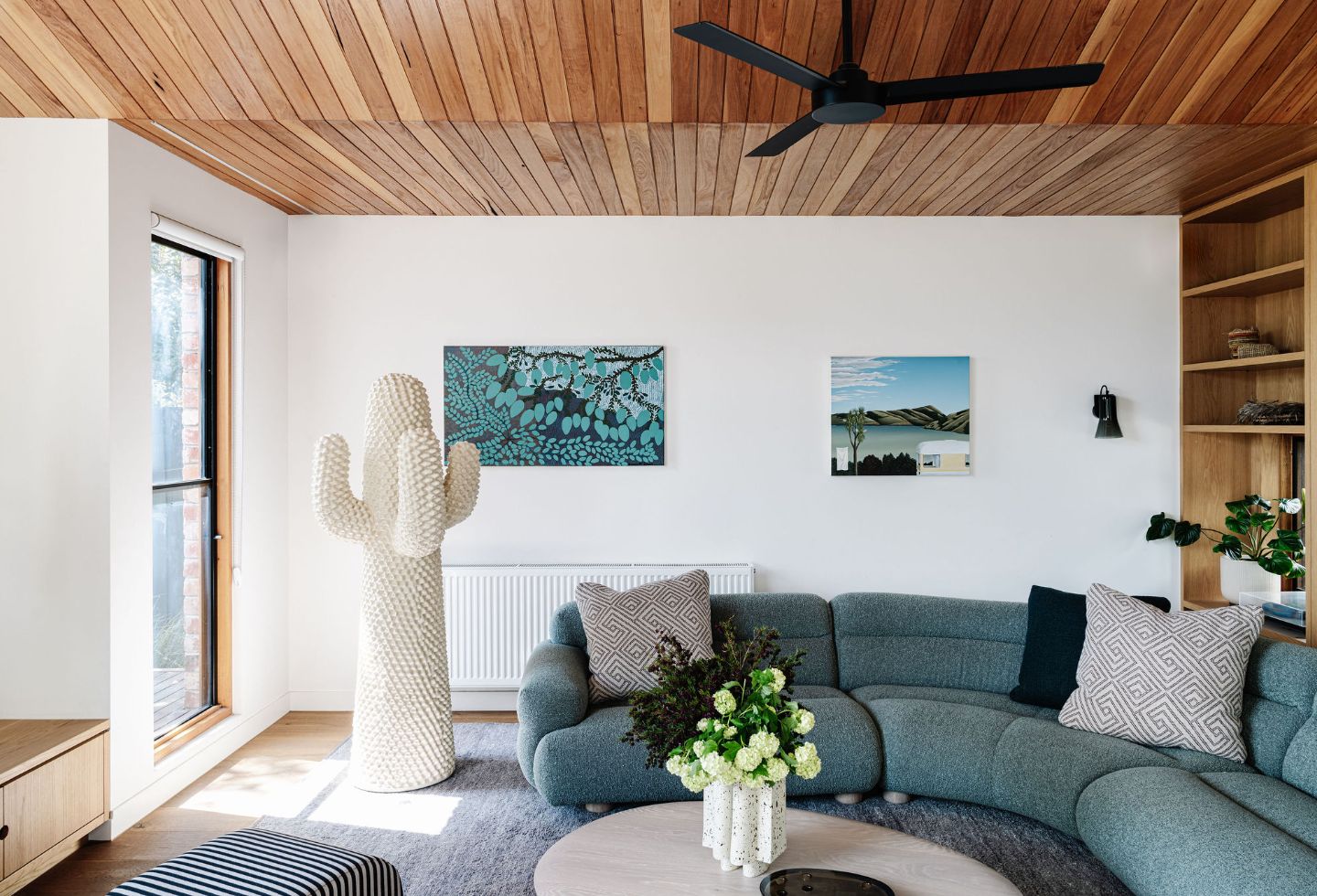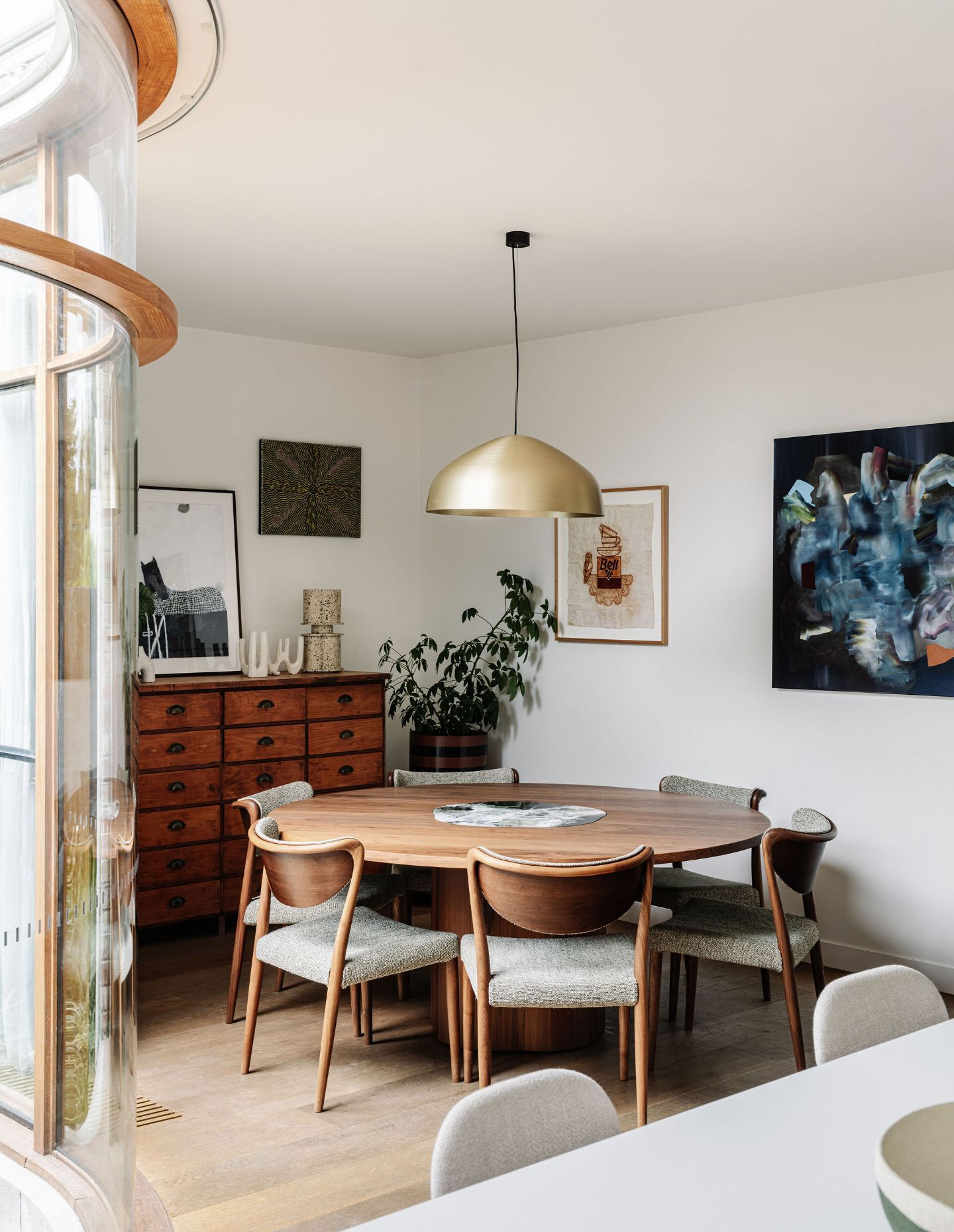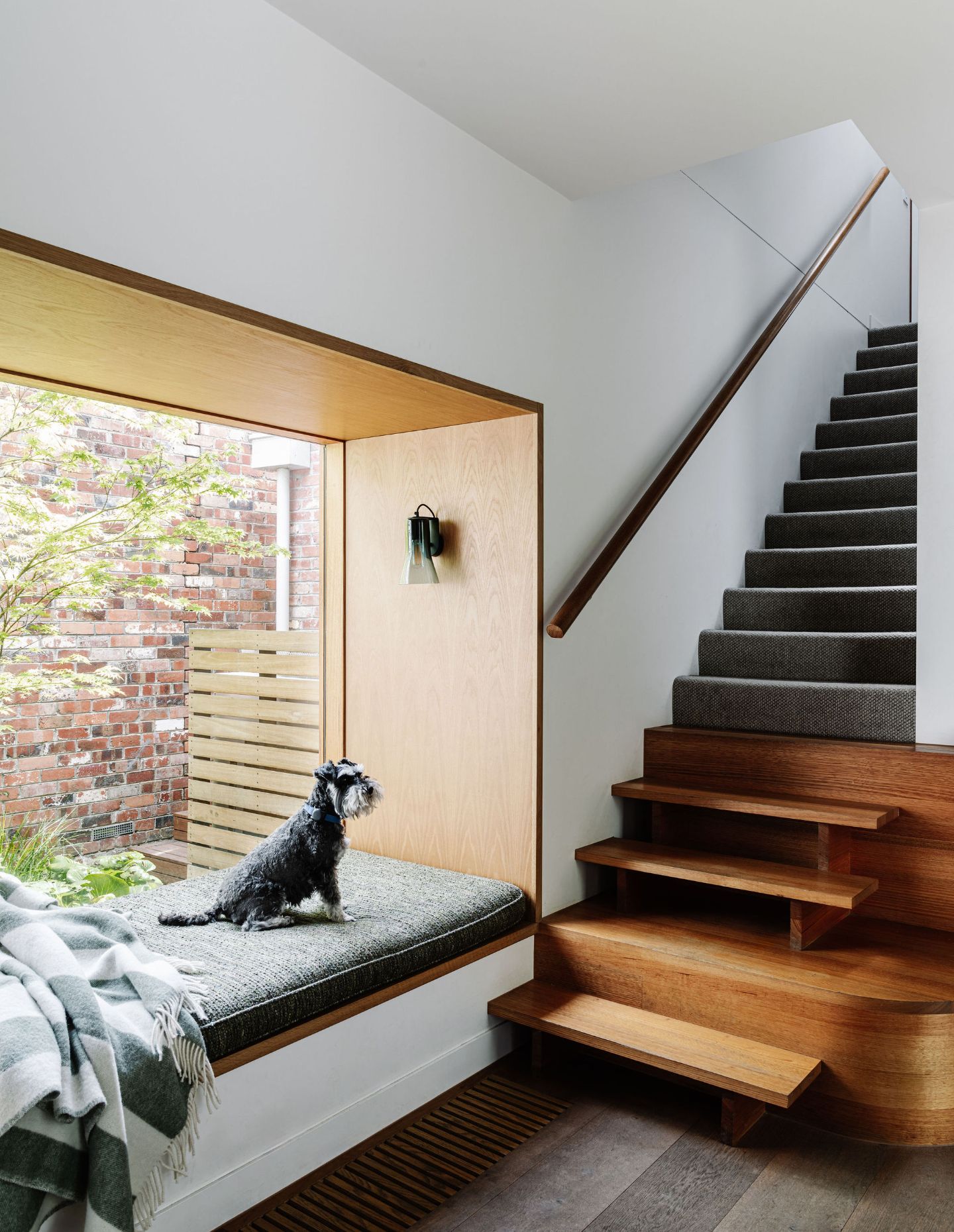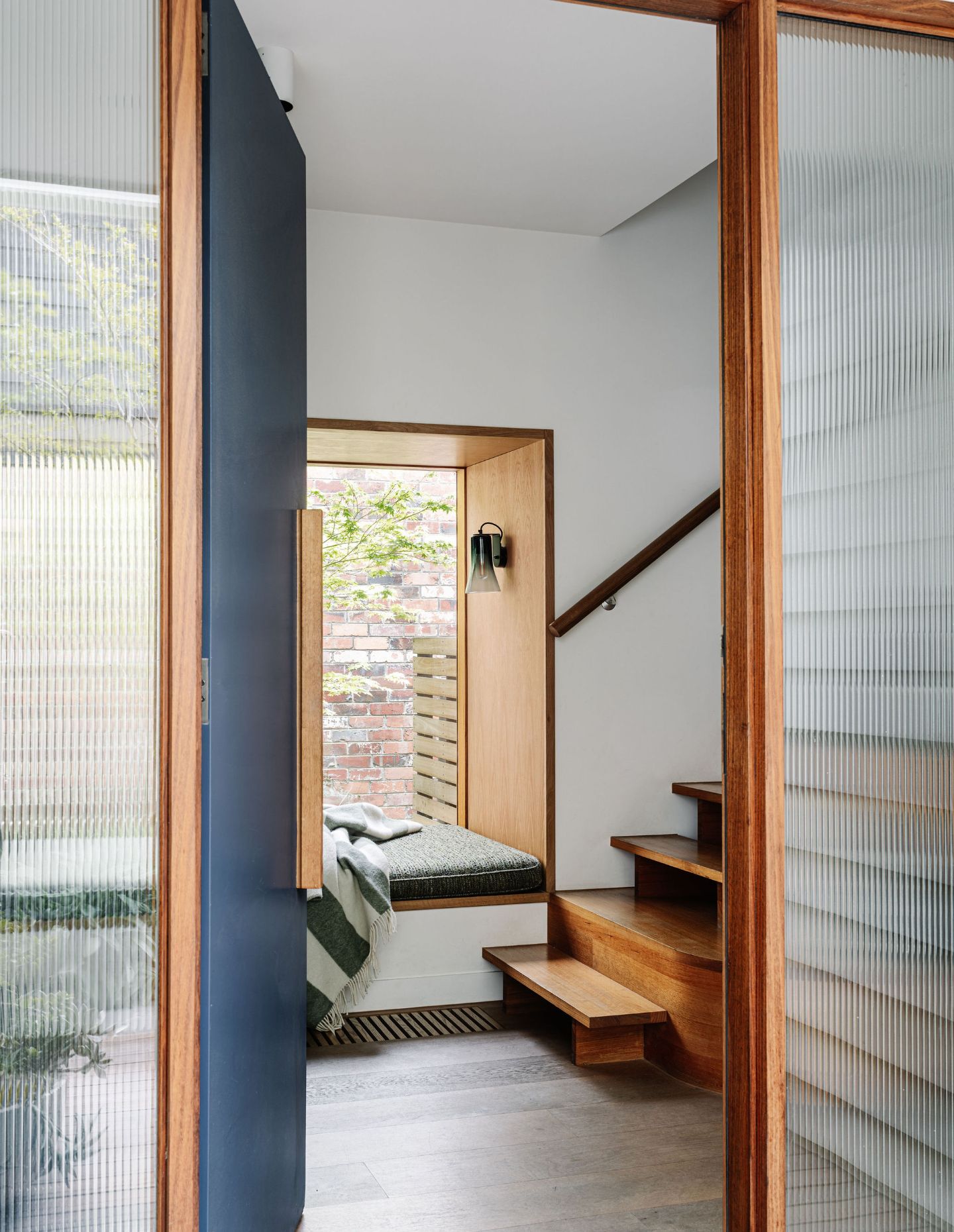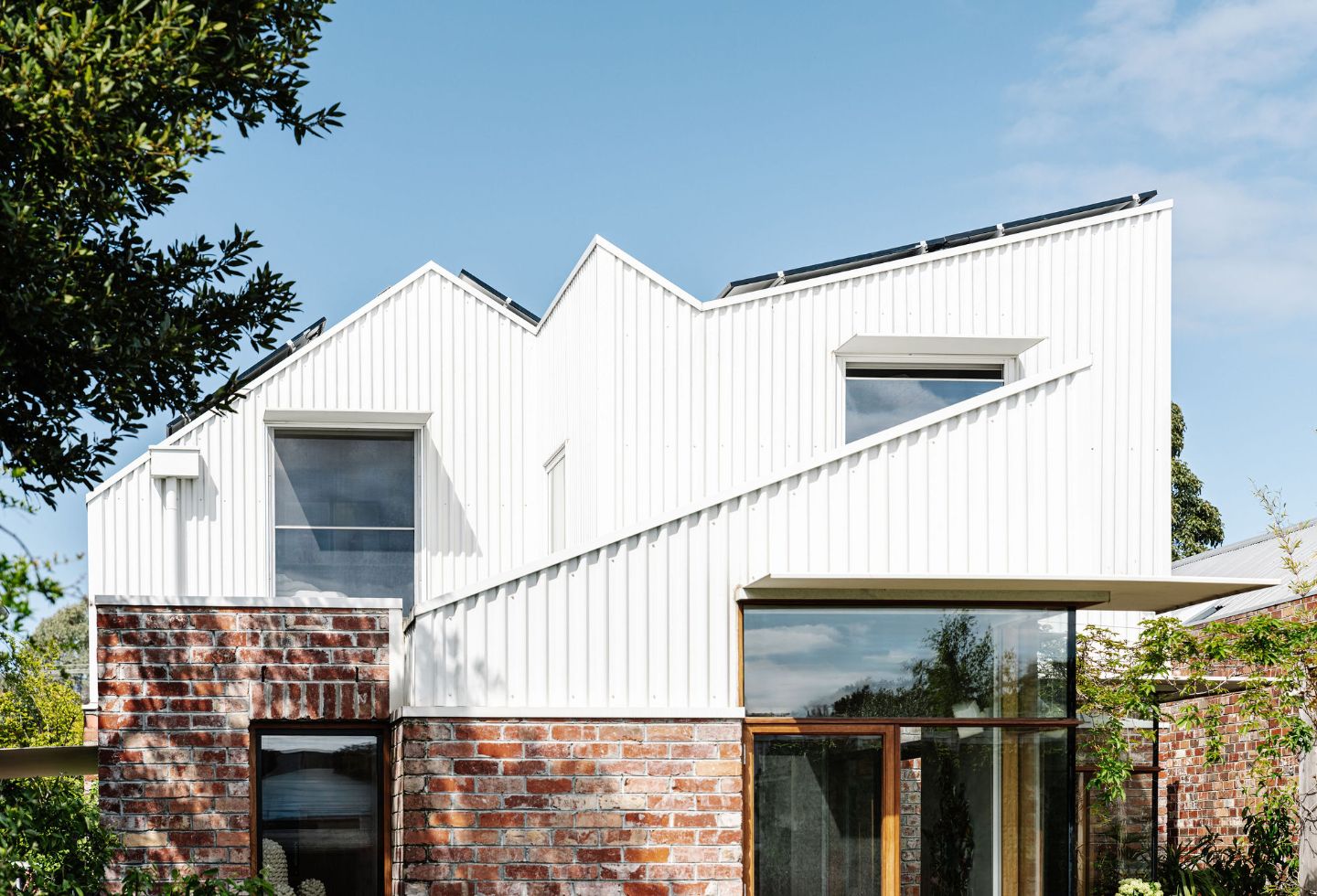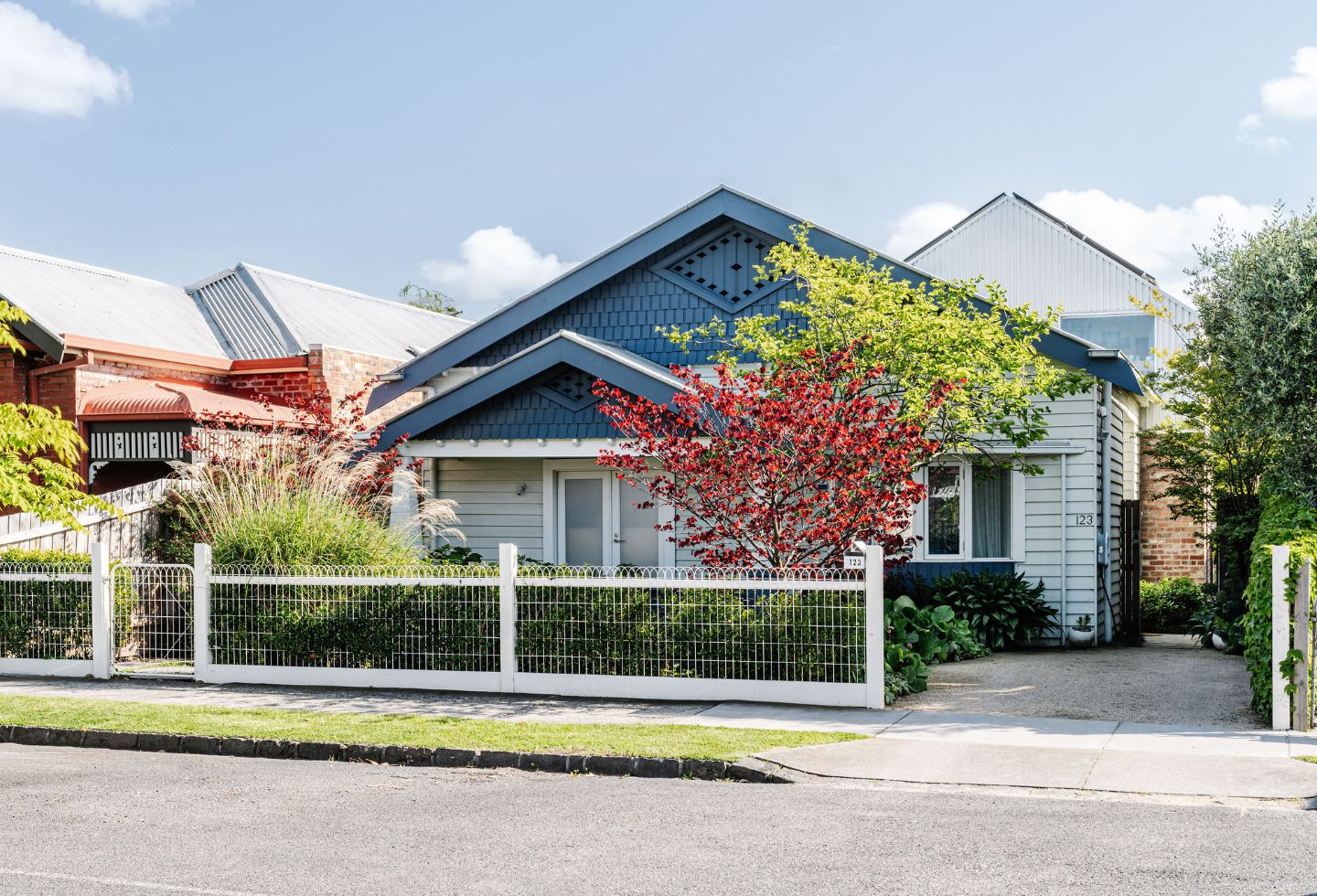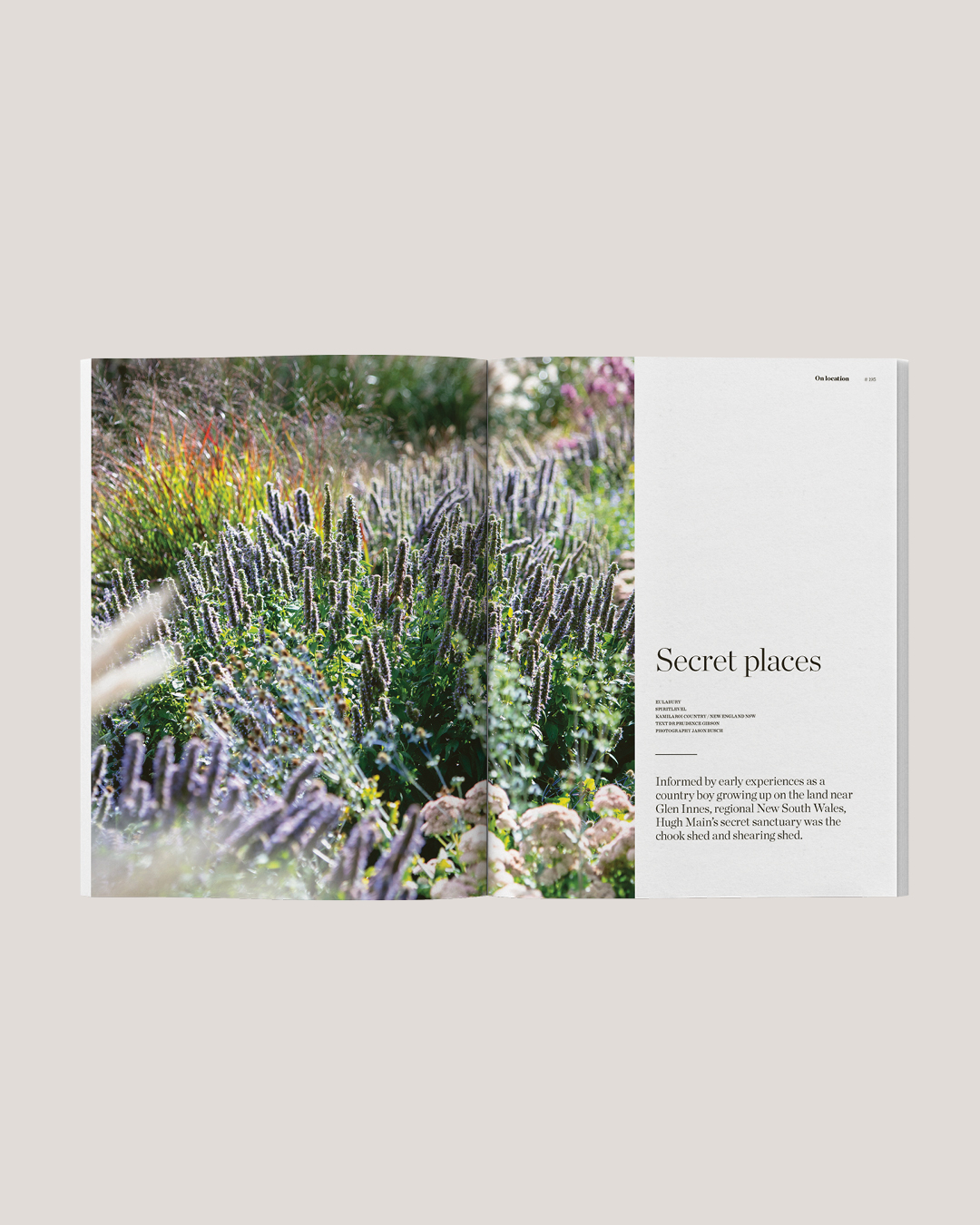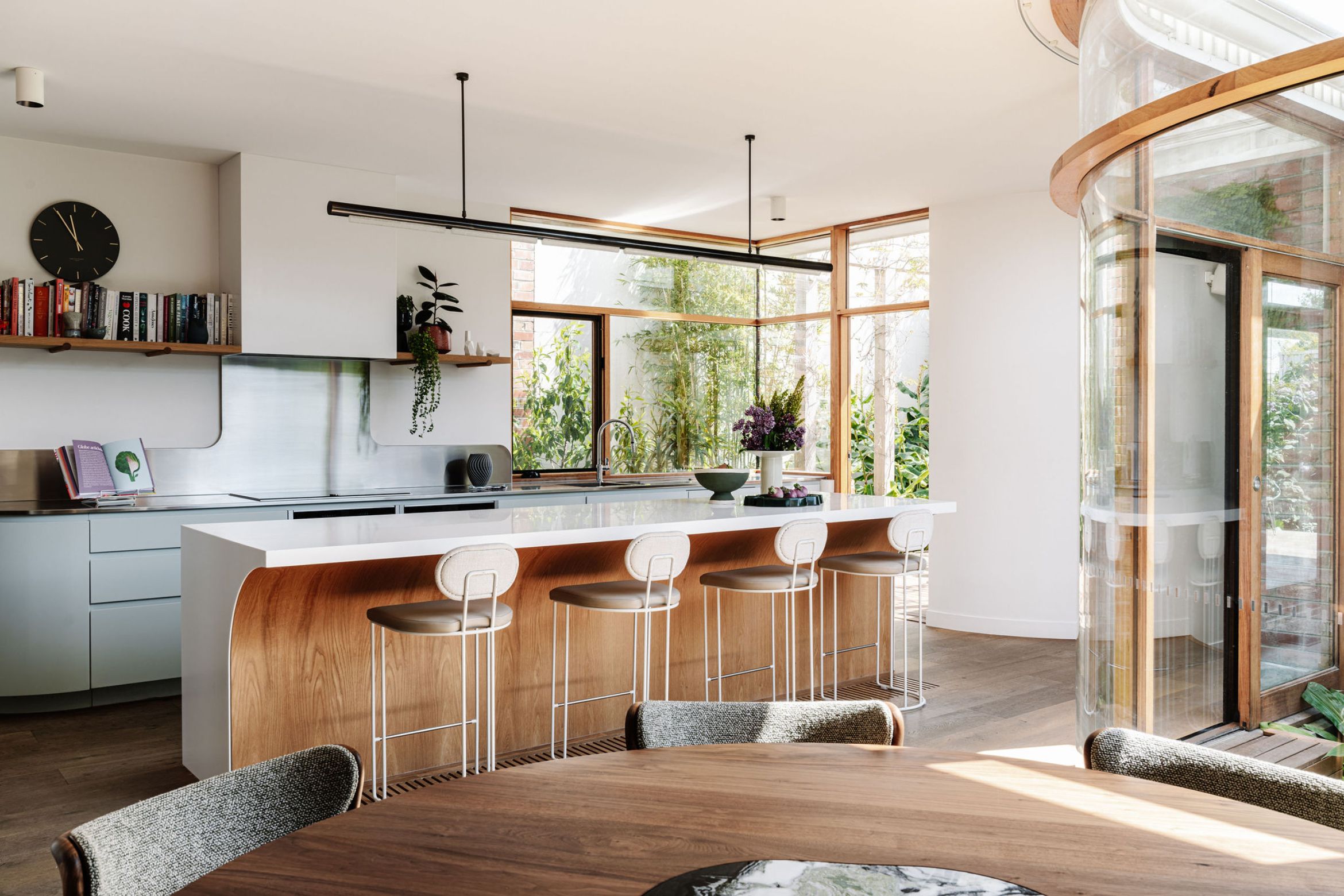Chatterbox House is an eloquent reinvention of a decrepit bungalow in Fitzroy North, reconfigured by Studio Esar and Nest Architects. The design engages with the spatial constraints of inner-city living, offering a solution through the modulation of light permeation, ventilation and space. Drawing inspiration from the childhood game Chatterbox, the structure unfolds in a series of articulated volumes that are mutually connective and private — each move a considered shift in an ever-adapting spatial puzzle.
The folding design, with its distinct areas and an idiosyncratic flow, breaks up its mass and improves light permeation throughout by directing different sections of the house to face various directions. The layout is punctuated by a series of courtyards that address natural light infiltration, ventilation and indoor-outdoor space, a common setback within metropolitan living. Considered ‘outdoor rooms,’ the courtyards comprise verdant gardens and decorative features to further accentuate that perception, reflecting the clients’ love for vegetation and creating a backdrop for their vivid art oeuvre. “With a love of plants and an extensive, diverse art collection, we have curated a collection of pieces and a palette of colours and textures that complement rather than compete,” says Silvia Roldan, Principal Designer of Studio Esar.
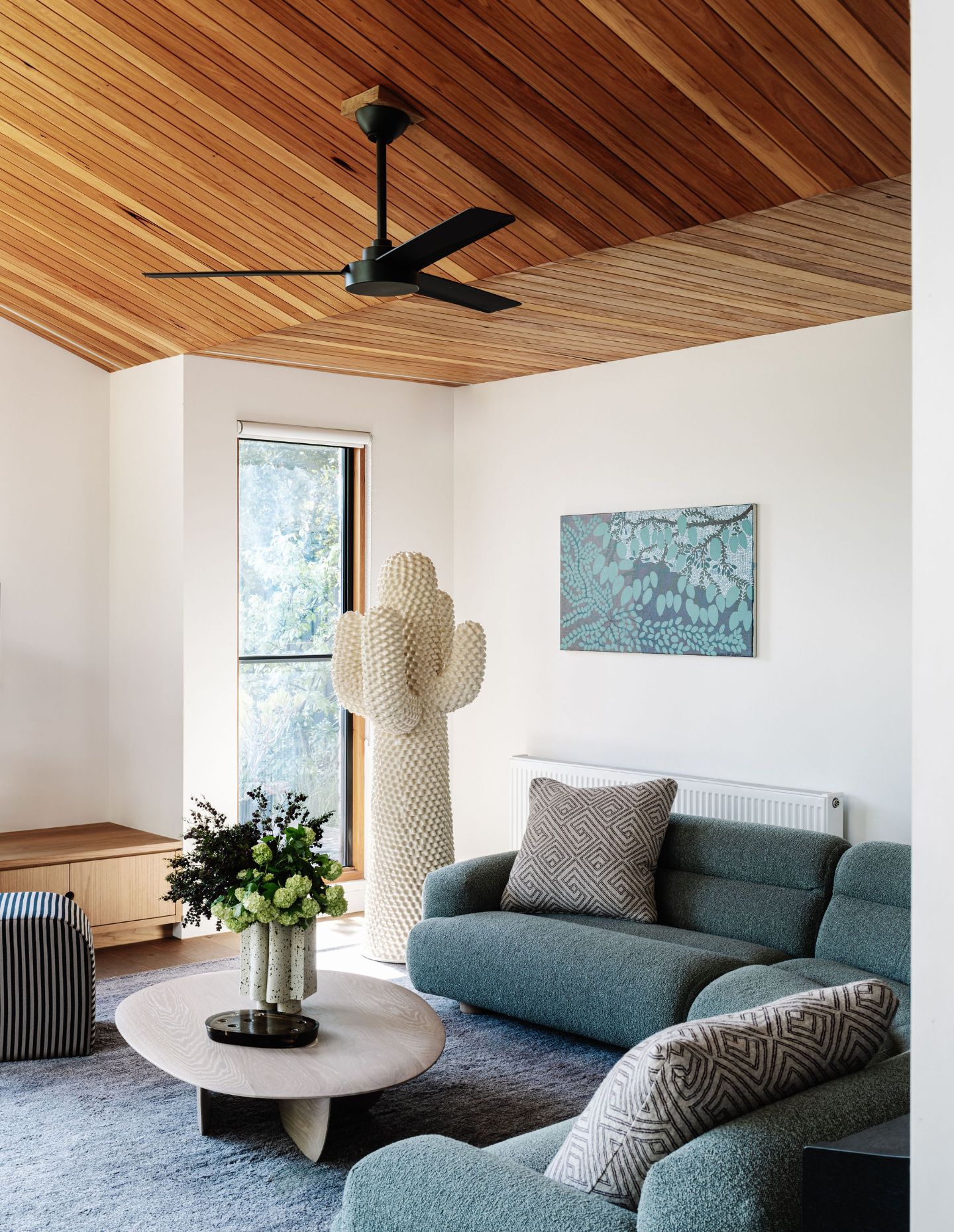
The palette – a legion of oak finishes, walnut accents and lime-washed timbers – gives the impression of a softer, muted look, evoking a sense of conviviality and joviality – perhaps even bringing to mind the clients themselves, given their vivacious brief and the impetus behind the design. The use of easy-care materials, such as an outdoor rug with boucle texture, maximises the durability of the furnishings and fixtures while maintaining a modish appearance. “The client aspired for the project to be highly sustainable by using as many recycled and sustainably sourced materials as possible,” adds Emilio Fuscaldo, Director of Nest Architects.
The living room is lacquered in contrasting colours that, somehow, seem to work – take the lavender rug and a green sofa, for example. The pool room fittingly includes playful features – it’s worth mentioning the striking dining table, ancillary stools and built-in bench seat – reflecting the ebullient aesthetic that the space will eventually cater to for the clients’ teenage children.
